
Rab Psychiatric Hospital Master and Garden Plans
Photo Credit: Daniel Winterbottom, FASLA
Media: Please submit high-resolution image requests to images@asla.org.
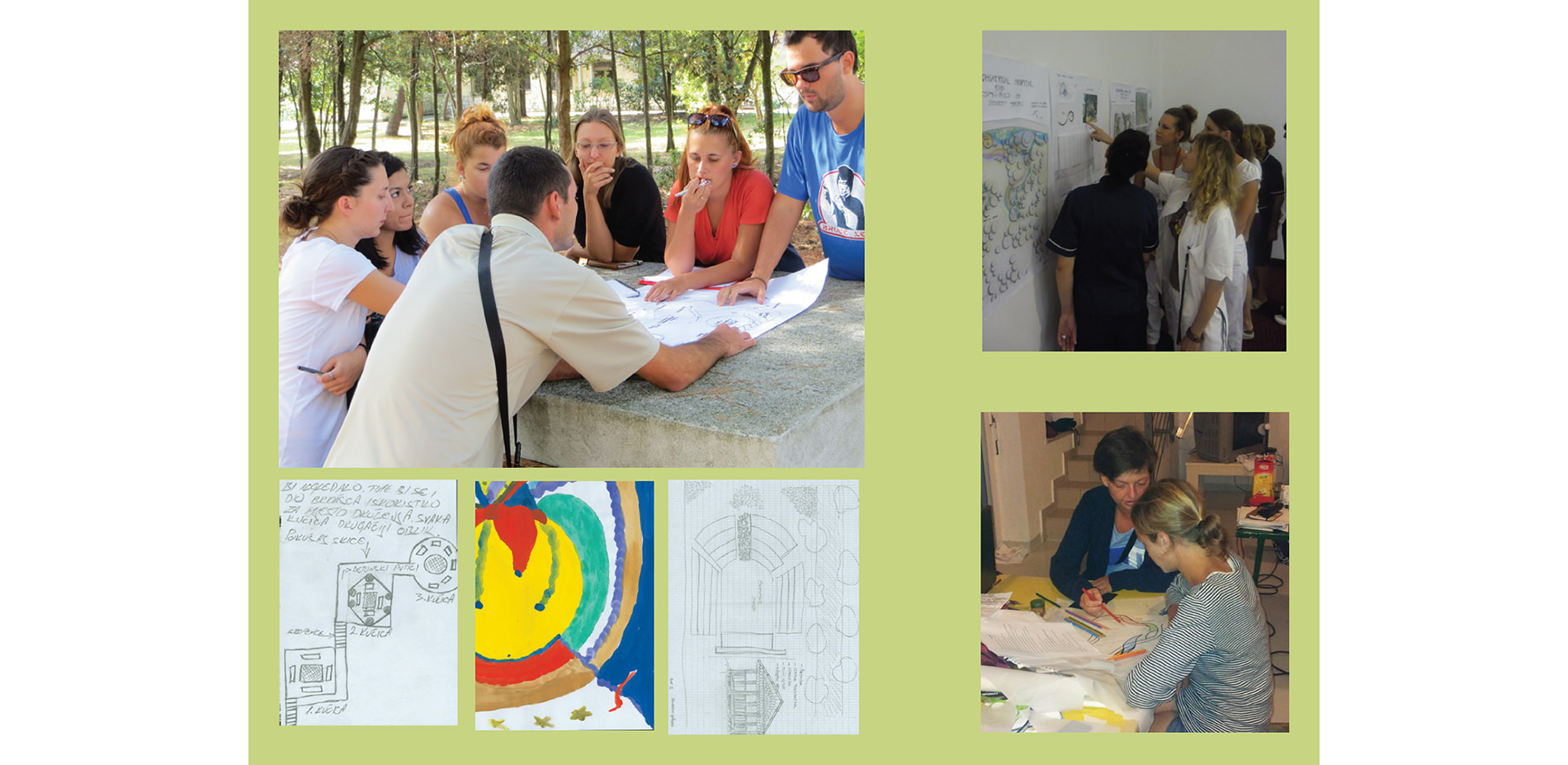
Over time the collaboration with the patients grew more engaged. Initially we only used their drawings to inform the designs. As familiarity increased the teams moved onto the site, interactions increased and patients participated in reviews and design crits.
Photo Credit: Daniel Winterbottom, FASLA
Media: Please submit high-resolution image requests to images@asla.org.

The hospital patients collaborated with the students throughout the construction as volunteers and as a component of their vocational therapy program. Many expressed how important the collaboration had been as self-empowering and learning experience.
Photo Credit: Daniel Winterbottom, FASLA
Media: Please submit high-resolution image requests to images@asla.org.
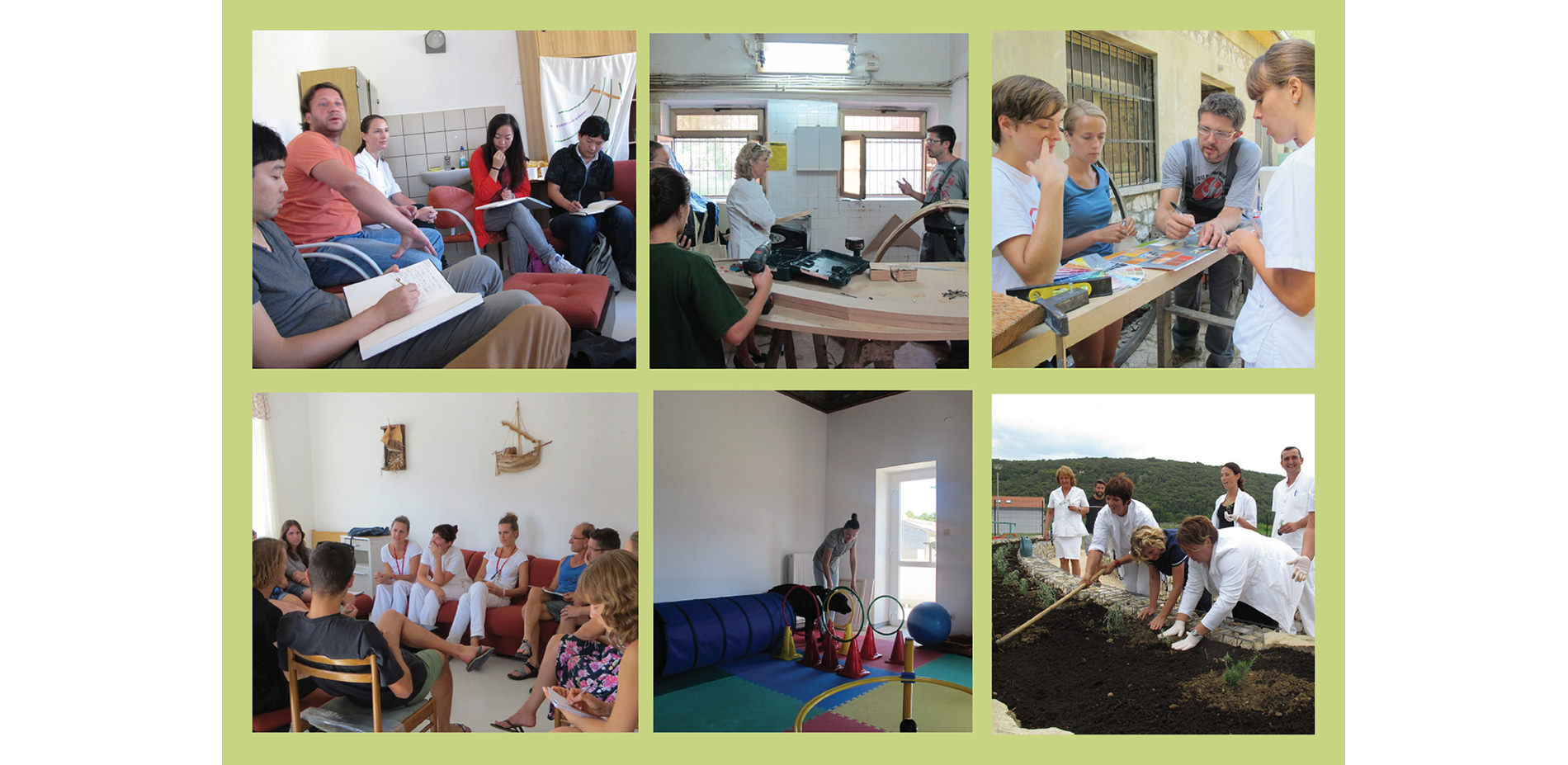
The hospital staff collaborated with the students during the design teams and construction through formal discussions, open dialogue and hand on support throughout the project. The director and staff frequently came to the shops to review the fabrication, discuss color selection and properties.
Photo Credit: Daniel Winterbottom, FASLA
Media: Please submit high-resolution image requests to images@asla.org.
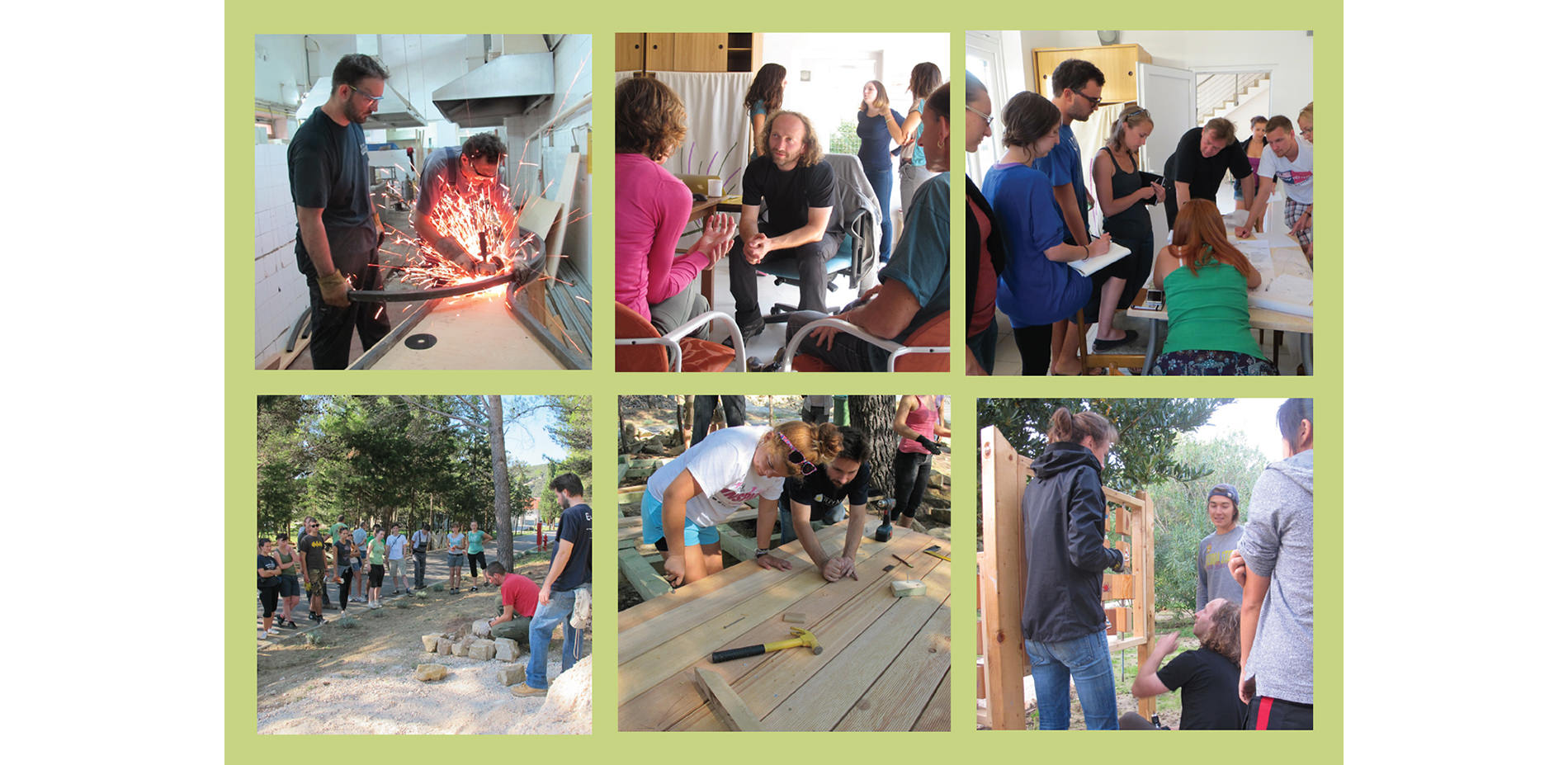
The collaboration around making occurred all through the project and involved local crafts people, a volunteer organization of stonewall preservationists, architects, dancers and students of differing disciplines, universities, and countries.
Photo Credit: Daniel Winterbottom, FASLA
Media: Please submit high-resolution image requests to images@asla.org.

The collaboration between two schools and students from over 6 countries was both challenging and rewarding, with strong bonds formed around negotiation and shared endeavour. Students from differing disciplines found themselves outside their comfort zone as they were asked to consider design from multiple, differing perspectives.
Photo Credit: Daniel Winterbottom, FASLA
Media: Please submit high-resolution image requests to images@asla.org.
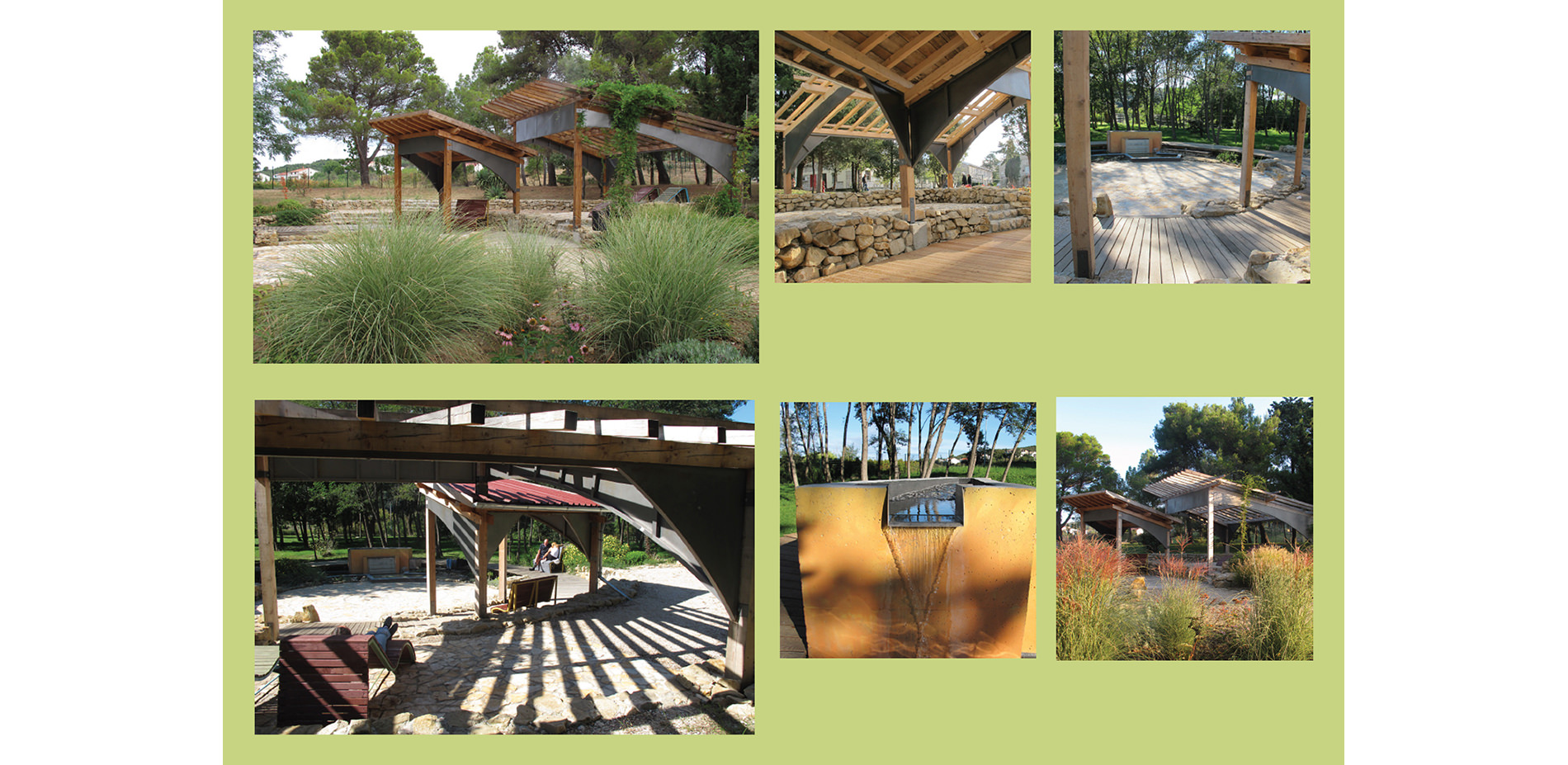
The performance garden is the largest of the gardens and is used for community events, group therapy, performances, resting and religious gatherings.
Photo Credit: Daniel Winterbottom, FASLA
Media: Please submit high-resolution image requests to images@asla.org.
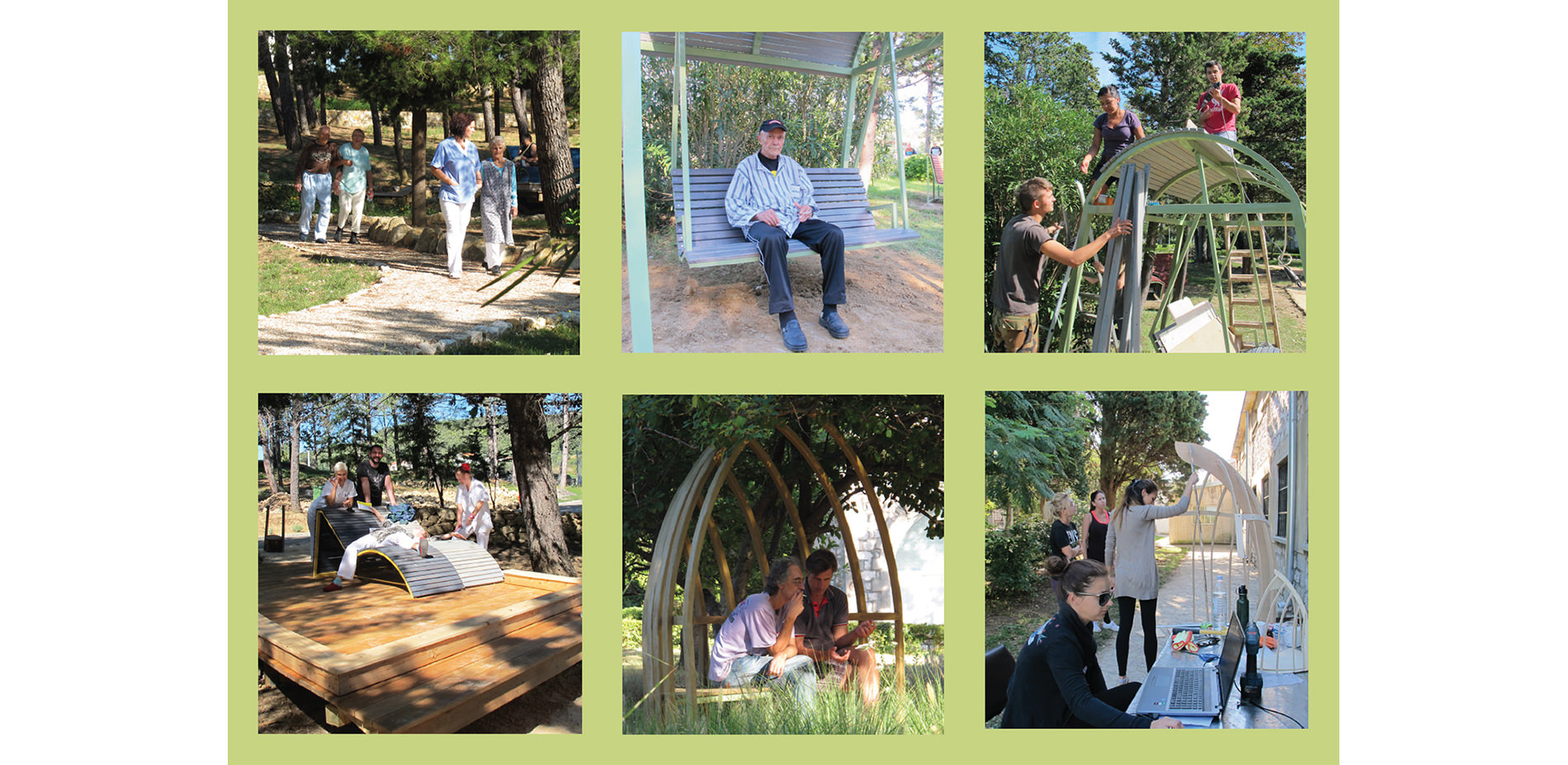
Primarily designed for walking this garden also has several opportunities for restful seating, socializing and meditation. Students worked together to mock up elements and solicited patients responses to the elements, and made changes as they were implemented.
Photo Credit: Daniel Winterbottom, FASLA
Media: Please submit high-resolution image requests to images@asla.org.

In the children's garden children discover spaces and furniture scaled to their bodies and offering places to escape what at times can be overwhelming and confusing emotions.
Photo Credit: Daniel Winterbottom, FASLA
Media: Please submit high-resolution image requests to images@asla.org.

The sensory garden is the most recent garden completed and the plants are still maturing. This garden will be used for aromatic and horticultural therapies. It is surrounded by lavender fields and the central olive tree, an emblematic of the Adriatic islands and familiar to many of the patients.
Photo Credit: Daniel Winterbottom, FASLA
Media: Please submit high-resolution image requests to images@asla.org.

The range of uses is varied and diverse and change in response to the patients needs and therapeutic objects. The collaborative relationship with staff during the design process was instrumental and accounts for the degree of responsive design the students were able to achieve.
Photo Credit: Daniel Winterbottom, FASLA
Media: Please submit high-resolution image requests to images@asla.org.














